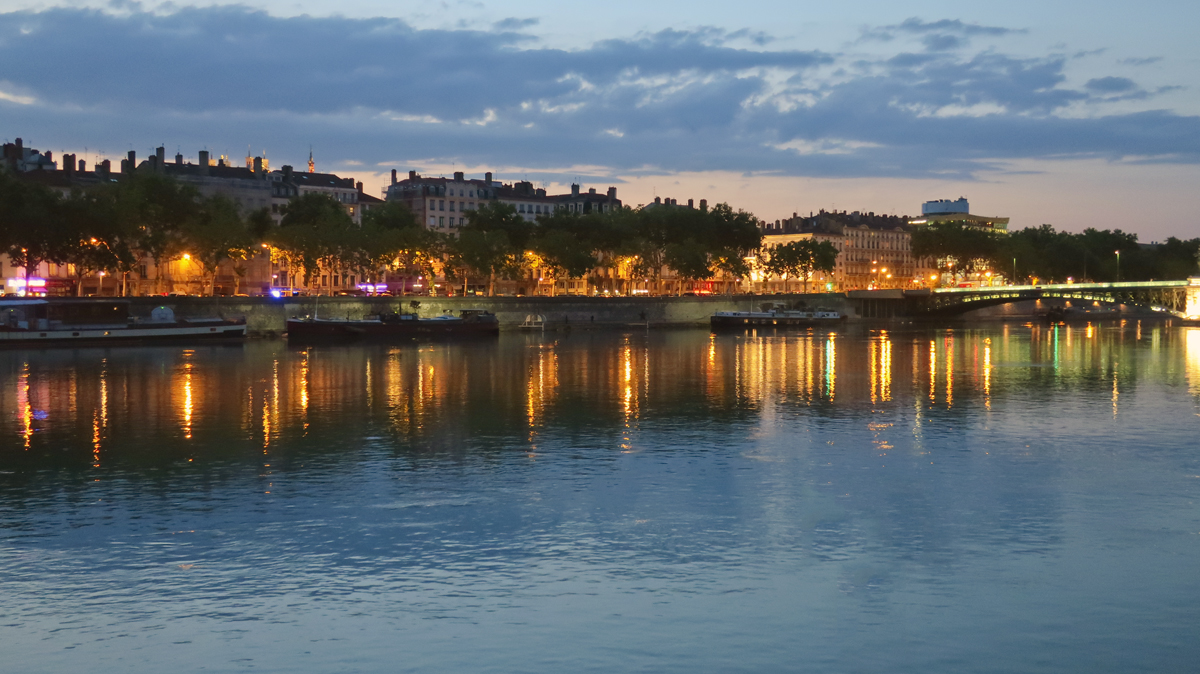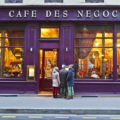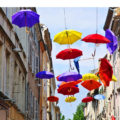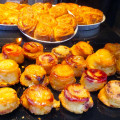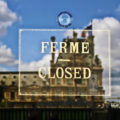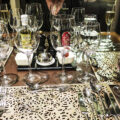
Whether or not the Sun King spent any time in Lyon, his influence is everywhere– from the city’s elegant layout and classic architecture to the massive open square Louis XIV ordered built as a parade ground. Regal as it is, though, Lyon is a city built on a human scale and it’s ideal for wandering.
We’ve got a day in France’s second-largest city before it’s time to pack up for home after a week’s Rhone River cruise aboard Emerald Liberté and there’s a lot to experience. Fortunately, armed with a good pair of walking shoes and a transit pass, you can cover lot of ground in this city that’s in many ways as charming as Paris. Let’s get started:
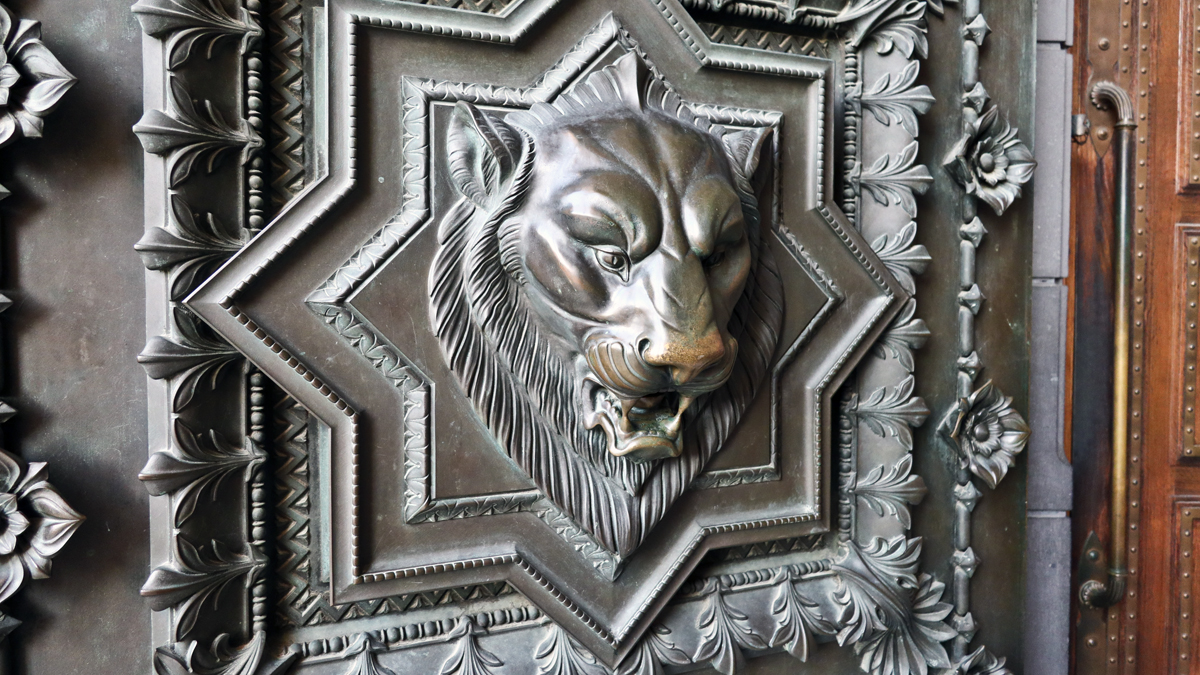
Fourvière: A view of past and present
There’s no better place to start a tour of Lyon than the top of the hill where it all began. The Romans chose the meeting place of the Rhone and Saone rivers as their strategic location for the capital of all Gaul 2,000 years ago. The Roman forum of Trajan–the Forum-Vieux—that was the focal point of the fast-growing town gave the area its name and you can still wander its ruins today. It’s got a sweeping view of the city and–on a clear day–the snow-covered Alps in the distance.
Topping the hill is the brilliantly white Basilica of Notre-Dame de Fourvière built between 1872 and 1884. It’s dedicated to the Virgin Mary, who is credited with the salvation of the city from the Black Death (bubonic plague) that swept Europe in 1643.
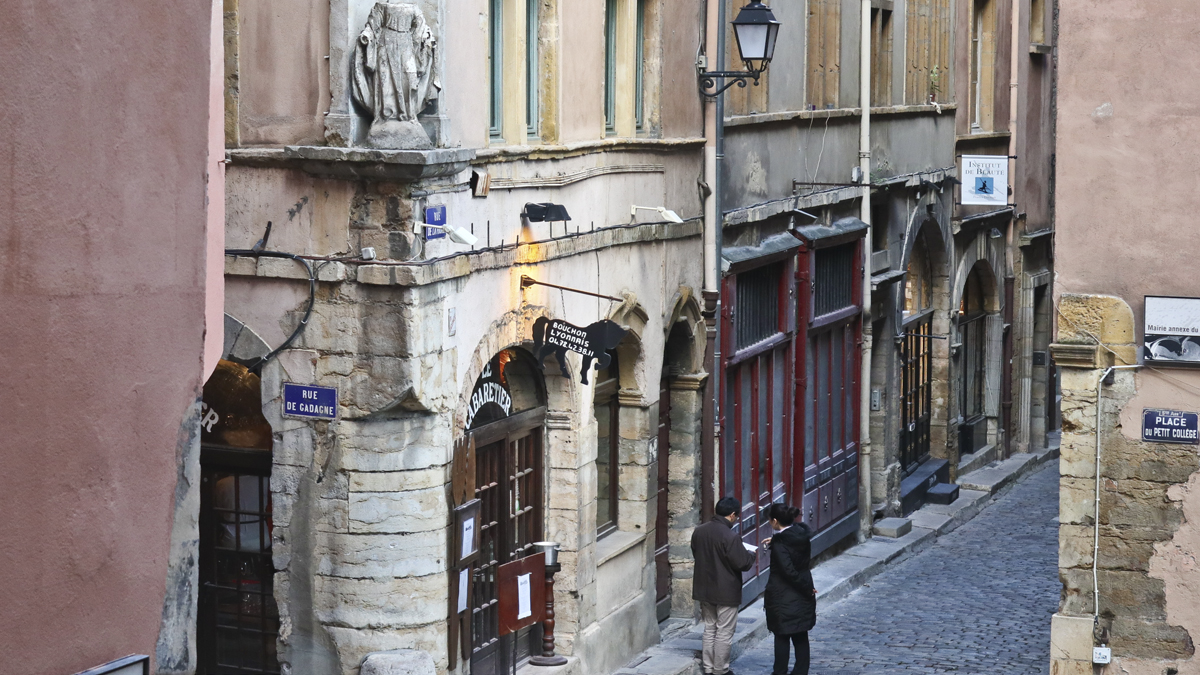
The venerable yet lively old town
A set of scenic winding paths down from the Fourvière hill lead to Vieux Lyon, a remarkable neighborhood of residential buildings and stores that look very much as they did in the Renaissance, when the city became one of the most powerful financial centers in Europe.
Fascinating, almost hidden passageways between streets, known as traboules, are a walk back in time. In them are spiral staircases that lead to apartments and offices that were used by merchants in the silk trade that made Lyon rich in the sixteenth century.
The narrow twisting streets have survived for 500 years, but it wasn’t without a fight. In 1957, a new mayor declared that he wanted to demolish much of the old town to build an expressway. Fortunately, there were staunch defenders and André Malraux, then minister of culture, declared Lyon Old Town as the first secteur sauvegardé (protected area) in France. It created grants that have made the streets bright and welcoming and it’s filled with small cafes and wine bars.
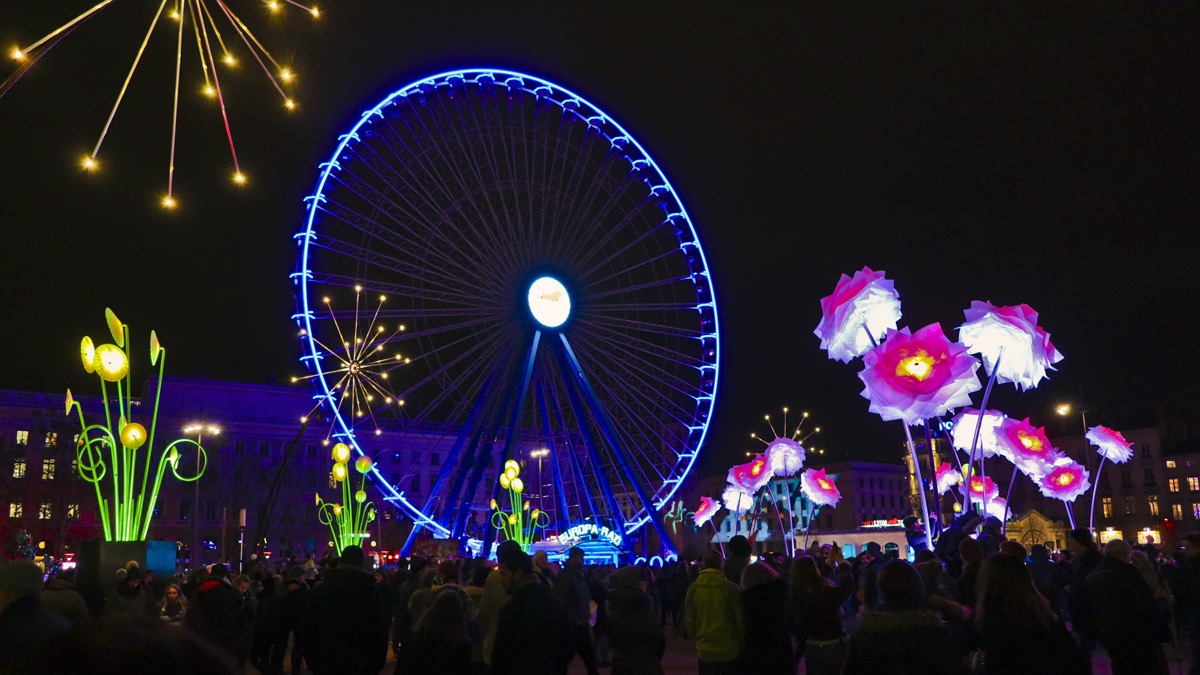
The city’s beautiful heart: Place Bellecour
At the heart of Lyon is Place Bellecour, an enormous, brick-covered square that was created–allegedly on a whim–by Louis XIV, who in 1708 ordered a garden and parade ground for his army. It’s the third largest square in France and features an impressive bronze statue of Louis on horseback–although, interestingly, there’s no record that he ever actually visited the square either on hoof or foot.
Elegant buildings designed by the king’s architect, Robert de Cotte, surround the treeless square and it’s been the prime zone to live in Lyon ever since. During the French Revolution, a guillotine was installed here and the royal statue was destroyed as the square was renamed Place de l’Égalité. In Emperor Napoleon’s day, it was changed to Place Bonaparte, but during the Bourbon Restoration, in 1825, a new statue of Louis XIV was erected with great fanfare.
One of the more bizarre features is an enormous Ferris wheel that only appears in the fall and winter. The story is that the influential residents around the park don’t want the noise of the attraction disturbing their enjoyment of the square during the summer months, so it’s dismantled every spring and rebuilt at a different corner of the park every fall.
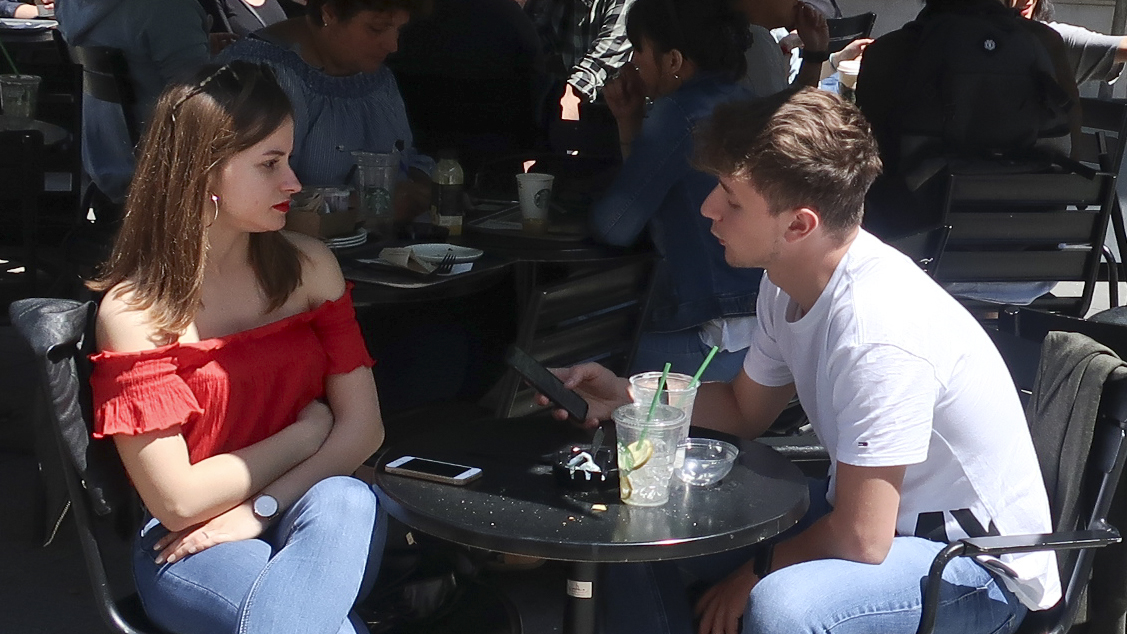
Fashionable shopping and people watching
Streets radiating off the square are the city’s high-fashion zones. The first arrondissement, between the rivers to the north of Place Bellecour, is the high-end fashion district and also the best spot to grab a table at a café for people watching. Lyon is a center for men’s fashions and innovative retailers like Brice and Devred have their own designers turning out elegant pieces at very reasonable prices.
On the south side of the square is Rue Victor Hugo, whose shops include great book stores featuring wildly beautiful illustrated novels and sci-fi adventures along with the classics like Tin Tin and Asterix. The local chocolates are a must, and the Voisin brand has multiple shops selling candy straight from the factory.
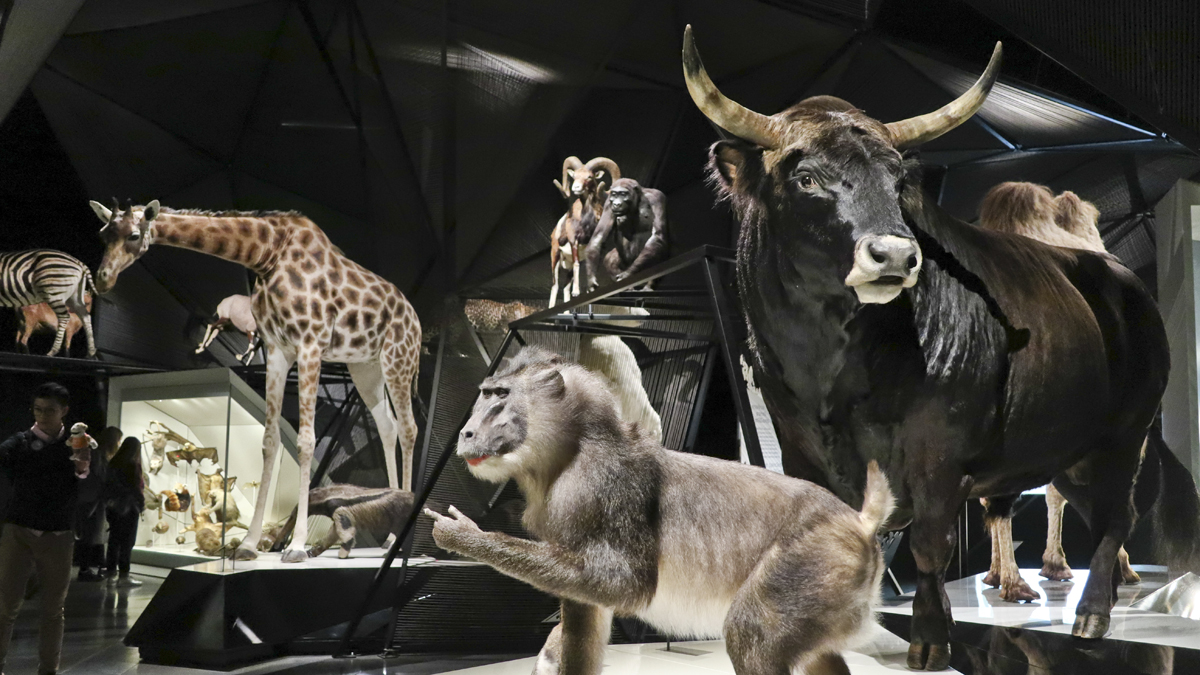
Decoding the Musée des Confluences
Where the majestic Rhone meets the narrower and more placid Saone, it forms a cone-shaped peninsula that defines central Lyon. At the point where the rivers meet is an ultra-modern museum that has to be experienced to be believed: It resembles a flying saucer, with its walls jutting in all directions
How many buildings have you visited that require a five-minute description before you go inside? But a guide is in the lobby to brief visitors that the deconstructivist design should be thought of as a series of opaque clouds of stainless steel and glass floating right above the water. You get it don’t you? But then again, what would you expect from a design company with the spacey name Coop Himmelb(l)au?
It’s actually fascinating once you get the confusing lay of the cloud. A room packed with everything from butterflies to birds and buffalo traces evolution from dinosaurs to Neanderthals to modern soccer stars. My favorite exhibit hall was one full of film clips that traces the history of cinema from the Lumière brothers and Pathé Studios to the digital era.
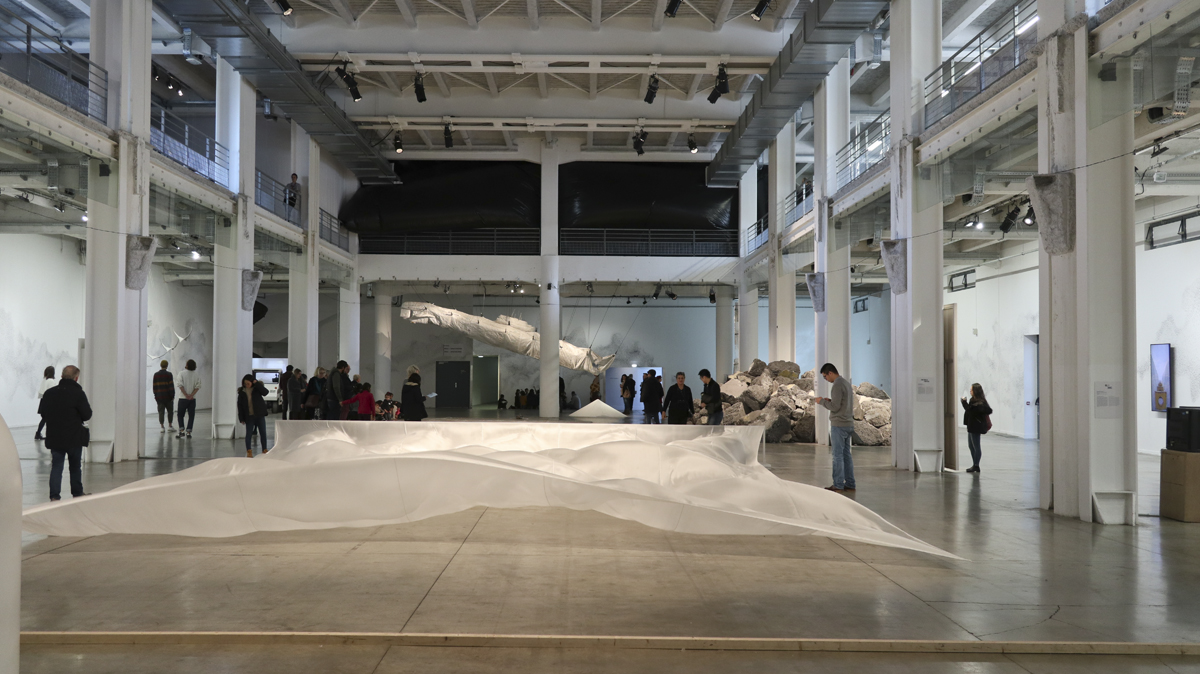
Fathoming the Museum of Contemporary Art
Some–actually a lot–of the art can be baffling at this modern art gallery where things are always in motion. A giant silk scarf being blown skyward by a dozen fans. A vast room holds pools of water that reverberate the sounds of water drops dripping from the ceiling. The exhibits change regularly.
The museum was designed by renowned Italian architect Renzo Piano and it combines the facade of the 1930’s Lyon Fair, with three new floors of space for exhibitions of modern art by international artists.
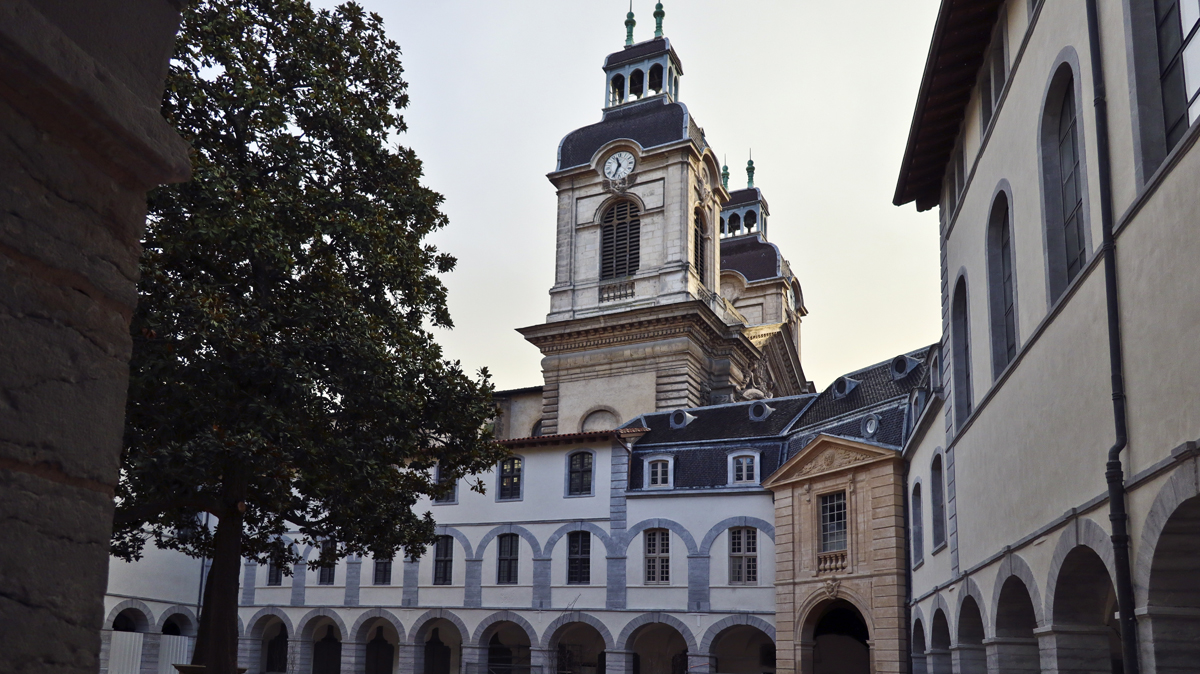
The very Grand Hôtel-Dieu de Lyon
Dating from the twelfth century, a hospital complex that had grown to the size of a city block had been empty since 2010, when the hospital moved out. After a three-year renovation, the remarkably ornate baroque building featuring a 75-foot high dome and courtyards from the eighteenth century has just reopened as the luxury InterContinental Lyon Hôtel- Dieu. But even if you’re not staying here, the entire complex has been beautifully restored to include a conference center, gardens, retail shops, restaurants and residences and is well worth a visit.
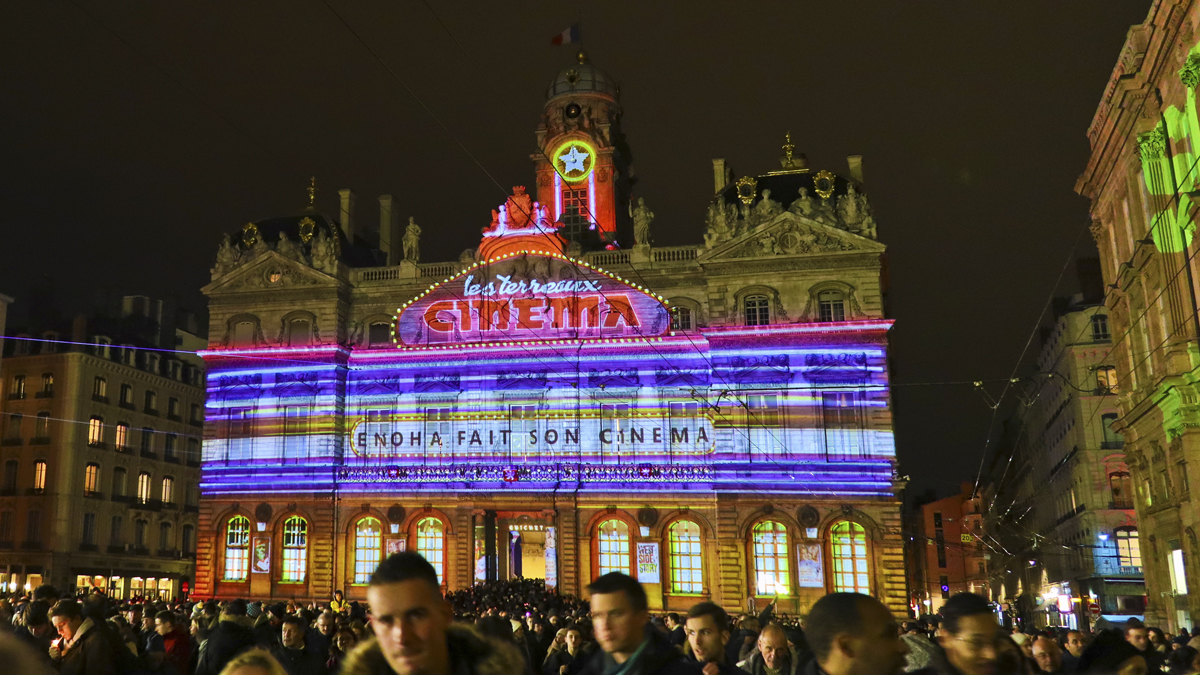
Come back and light up the town
The traditional annual Fête des Lumières has grown into an international phenomenon every December. It started as a celebration on the Feast of the Immaculate Conception, Dec. 8, to light votive candles and lanterns in windows to honor of the Virgin Mary. It’s morphed into an international festival of lighting art that turns the city into a projection screen for the creations of more than 80 artists from around the world. You’ll need four evenings to see it all.
For more information on Lyon attractions, visit OnlyLyon.com.
